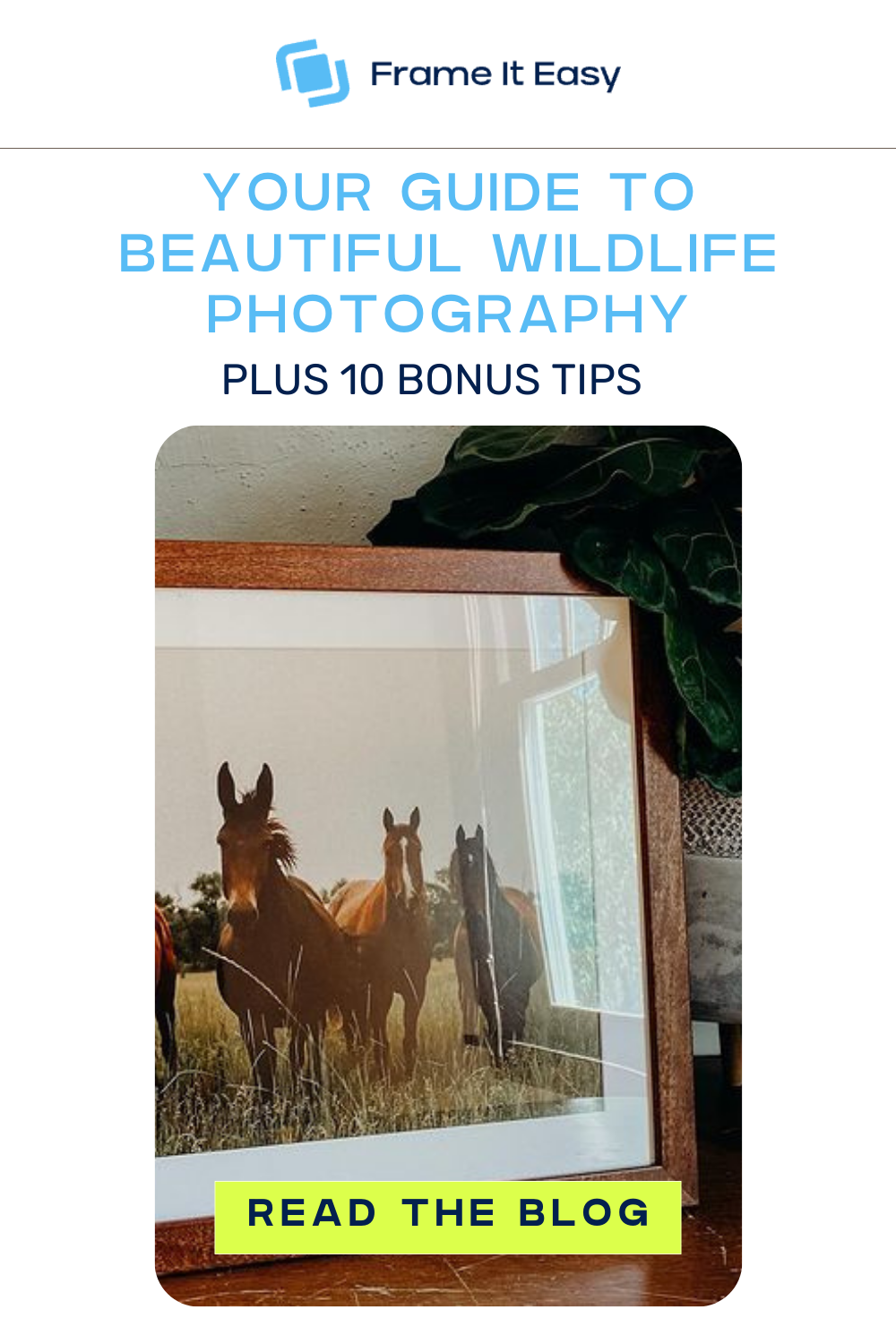If you need some guidance to wildlife photography you are in the right place! Have you ever found yourself in awe of the stunning images of animals in their natural habitats? Wildlife photography is more than just taking pictures, it’s an adventure that combines a love for nature with the art of photography. Whether you’re a professional photographer looking to branch out or a complete beginner ready to explore, this guide will provide you with all the tips, tricks, and insights you need to get started on your wildlife photography journey.
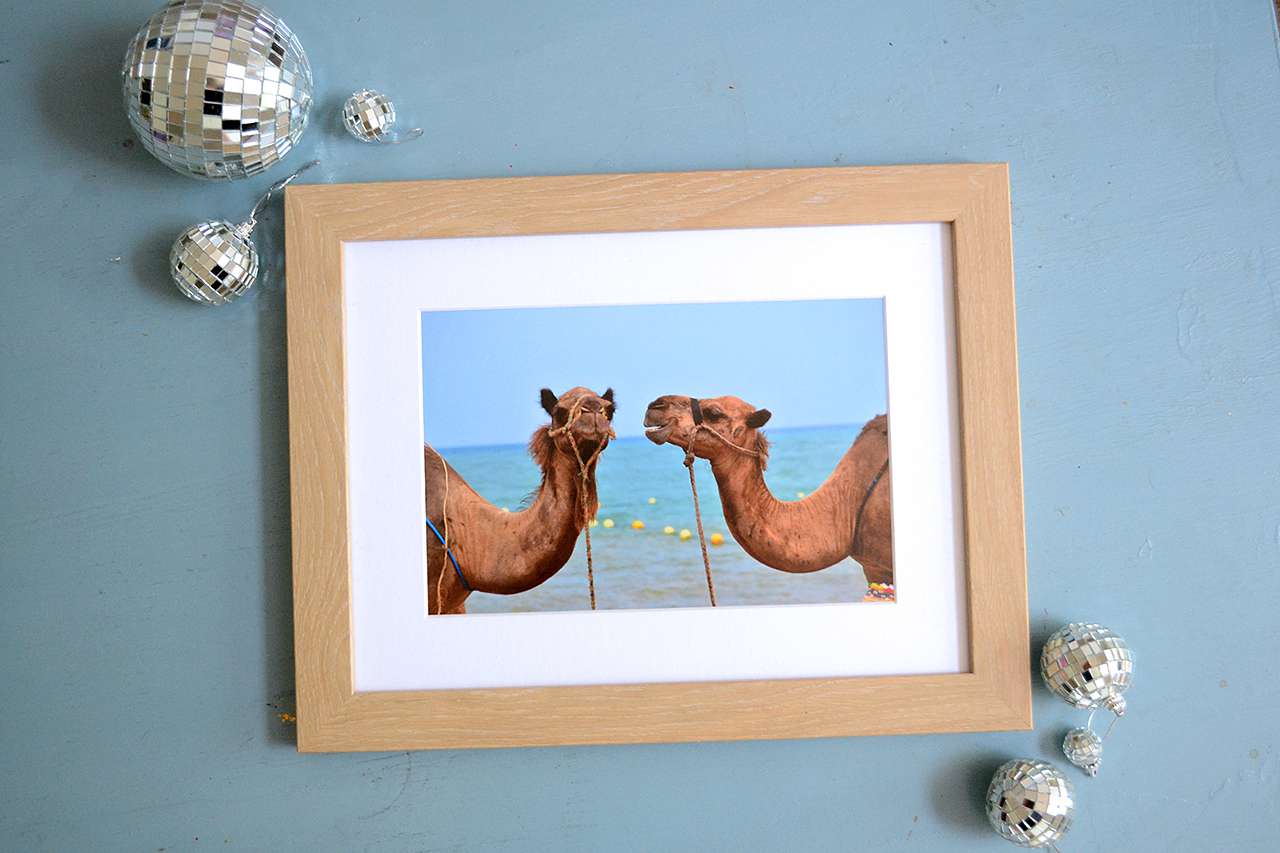
What is Wildlife Photography?
Wildlife photography is an exciting and rewarding hobby that involves capturing images of animals in their natural habitats. This type of photography requires lots of patience, a good eye, and a love for the great outdoors. Wildlife photographers often travel to remote locations, sometimes waiting hours or even days to get the perfect shot. It’s not just about snapping a quick pic! It’s about telling a story and showcasing the beauty and behavior of wildlife. Whether it’s a majestic bird in flight, a playful group of otters, or a lone deer in the woods, wildlife photography allows all to appreciate the beauty of the natural world.
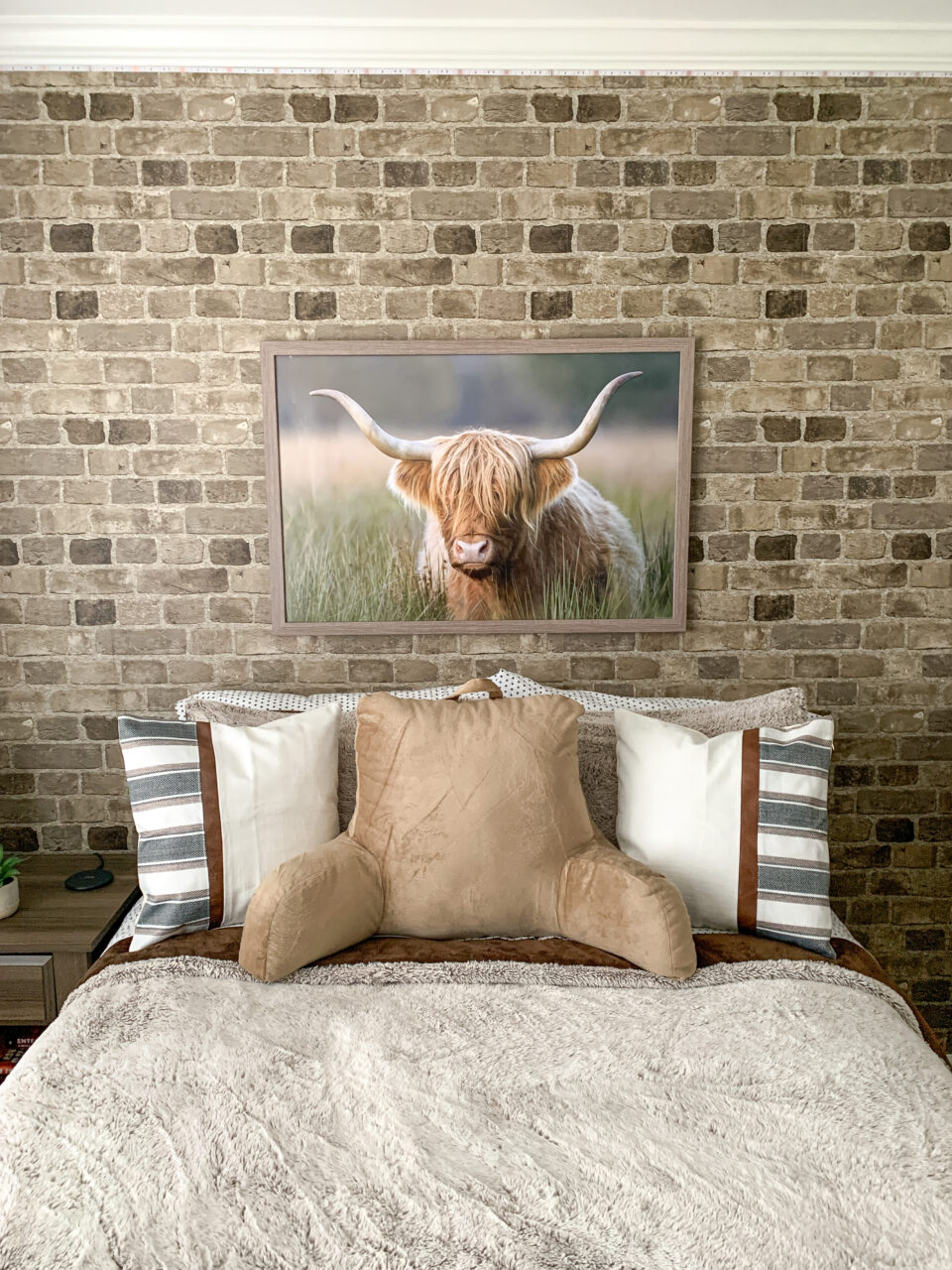
How to Get Into Wildlife Photography
Think of getting into wildlife photography as an adventure waiting to happen. It’s easier than you might think! Start by learning about the animals you want to photograph. By understanding their behavior and surroundings you can gain an edge in capturing that perfect shot. For the pros, invest in a decent camera with a good telephoto lens to capture those distant, magical moments. For the casual photographer or beginner, use your phone! It doesn’t have to be overly complicated…it should be fun!
Practice your skills in local parks or even your backyard before venturing into the wild. Remember, patience is key. Sometimes the best shots come after hours of waiting. Always respect the animals and their environment, moving quietly and keeping a safe distance. Join some wildlife photography groups online or in your community to share tips and get inspired. With passion and persistence, you’ll be snapping stunning wildlife photos in no time!
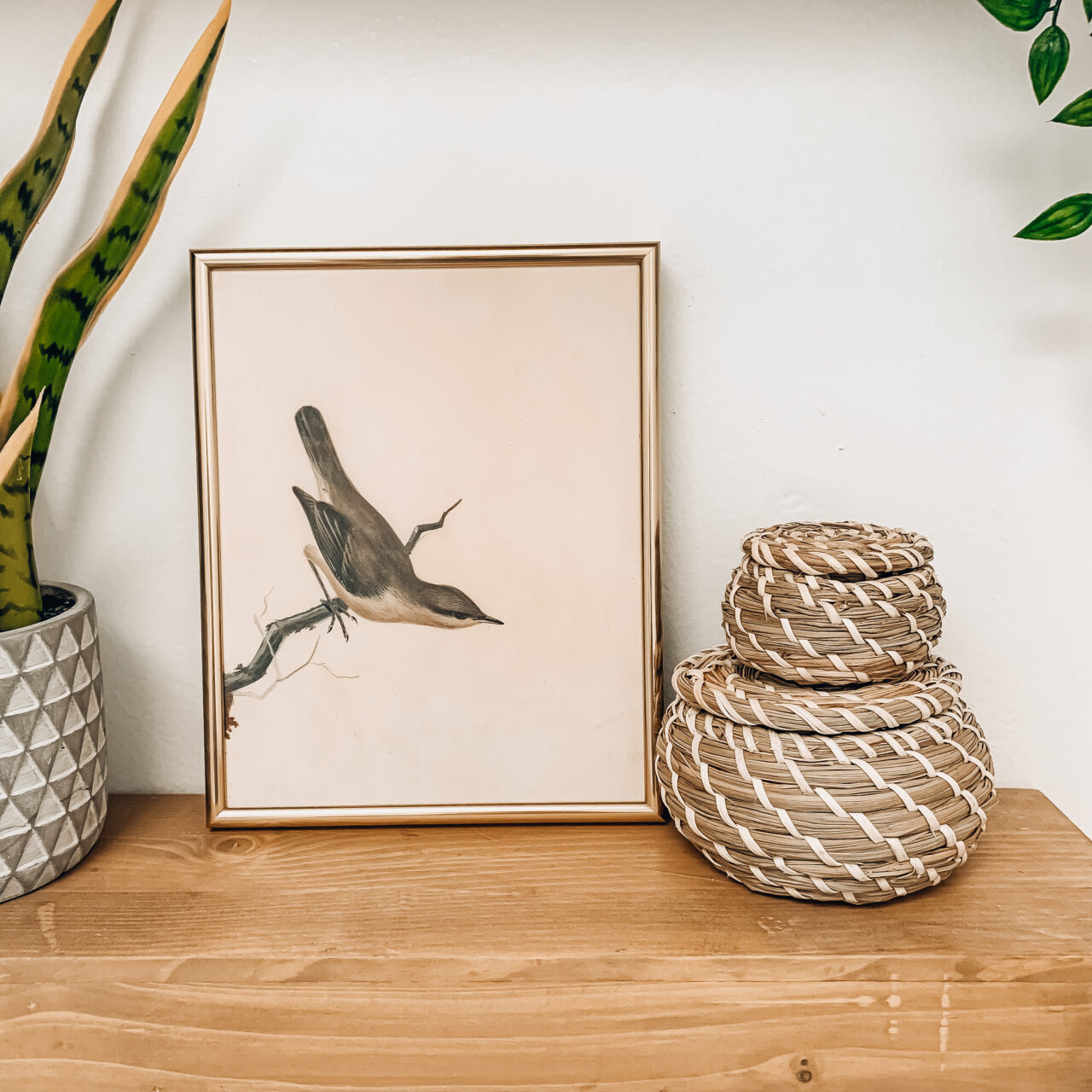
10 Tips for Taking Wildlife Photography
- Know Your Subject: Research the animals you want to photograph to understand their behavior and habitat.
- Be Patient: Wildlife photography often requires waiting for the perfect moment, so bring patience, persistence, and a snack!
- Use the Right Gear: If you’re able, invest in a good quality camera and lens to capture detailed shots from a distance.
- Practice Stealth: Move quietly and wear neutral colors to avoid startling the animals.
- Shoot in Natural Light: Early morning and late afternoon provide the best natural light for photography.
- Focus on the Eyes: Sharp focus on the eyes brings life and emotion to wildlife photos.
- Use Fast Shutter Speeds: To freeze motion, especially with fast-moving animals, use higher shutter speeds.
- Frame Your Shots: Pay attention to composition, using techniques like the rule of thirds to create compelling images.
- Experiment with Angles: Try different perspectives and angles to add interest and variety to your shots.
- Be Respectful: This is the most important tip! Always respect and prioritize the well-being of the wildlife and their habitat, maintaining a safe distance and ethical practices.
How to Make Money from Wildlife Photography
Turning your passion for wildlife photography into a source of income can be both exciting and rewarding. Start by building a portfolio showcasing your best work, highlighting the unique and captivating moments you’ve captured. Share your portfolio on social media platforms and photography websites to attract attention. Consider selling your photos as prints, stock images, or through online galleries. You can also write blogs or create video content sharing your adventures and tips, which can potentially attract sponsorships or ad revenue. Offering workshops or guided photography tours is another fantastic way to monetize your expertise. With dedication and creativity, you can leverage your love for wildlife photography into a thriving business.
Did you know Frame It Easy can help your photography business?
We can help artists and resellers grow their business by offering whitelabeling, dropshipping, or just simply printing and shipping your photography. We even have a free Shopify App integration to streamline your e-commerce store and ensure your customers get high-quality prints and frames.
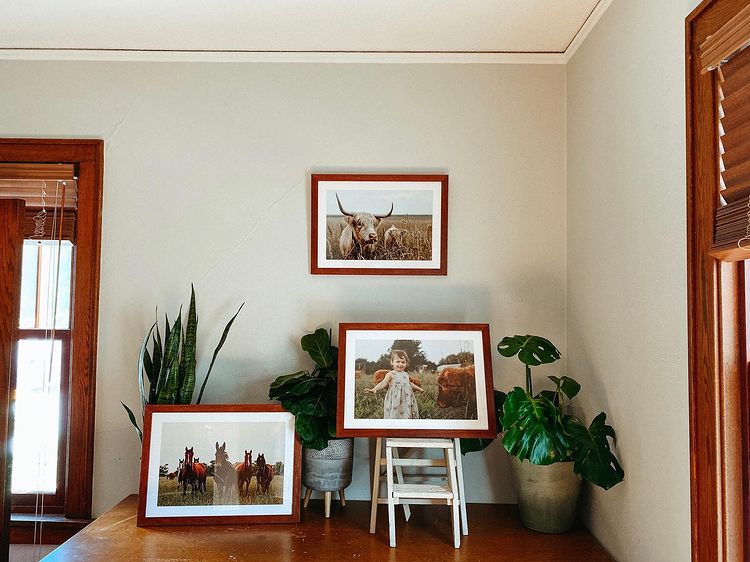
What is the Best Camera for Wildlife Photography?
The short answer is, the best camera you can afford. Having a good camera is crucial for wildlife photography. It significantly enhances the ability to capture detailed, high-quality images of animals in their natural habitats. A camera with fast autofocus and high burst rates is essential for catching the action and ensuring sharp images. Advanced sensor technology allows for excellent low-light performance, which is often necessary in the early mornings or late evenings when animals are most active. Moreover, a good camera with a robust build can withstand harsh environmental conditions, ensuring reliability and durability during outdoor shoots. A high-quality camera enables photographers with the tech needed to produce professional-grade photos, capturing the intricacies with clarity and precision.
Suggested Cameras:
- Canon EOS-1D X Mark III
- Features: 20.1 MP full-frame CMOS sensor, 16 fps continuous shooting, 191-point autofocus system, and excellent low-light performance.
- Why It’s Great: Known for its speed, durability, and advanced autofocus capabilities, making it perfect for capturing fast-moving wildlife in challenging environments.
- Nikon D850
- Features: 45.7 MP full-frame sensor, 7 fps continuous shooting (up to 9 fps with battery grip), outstanding dynamic range, and versatile autofocus system.
- Why It’s Great: Offers high resolution and incredible versatility, ideal for detailed close-ups and action shots alike.
- Sony Alpha A9 II
- Features: 24.2 MP full-frame sensor, 20 fps blackout-free continuous shooting, impressive autofocus with real-time tracking and eye AF.
- Why It’s Great: Praised for its silent shooting mode and rapid speed, making it excellent for photographing wildlife without disturbing them.
References
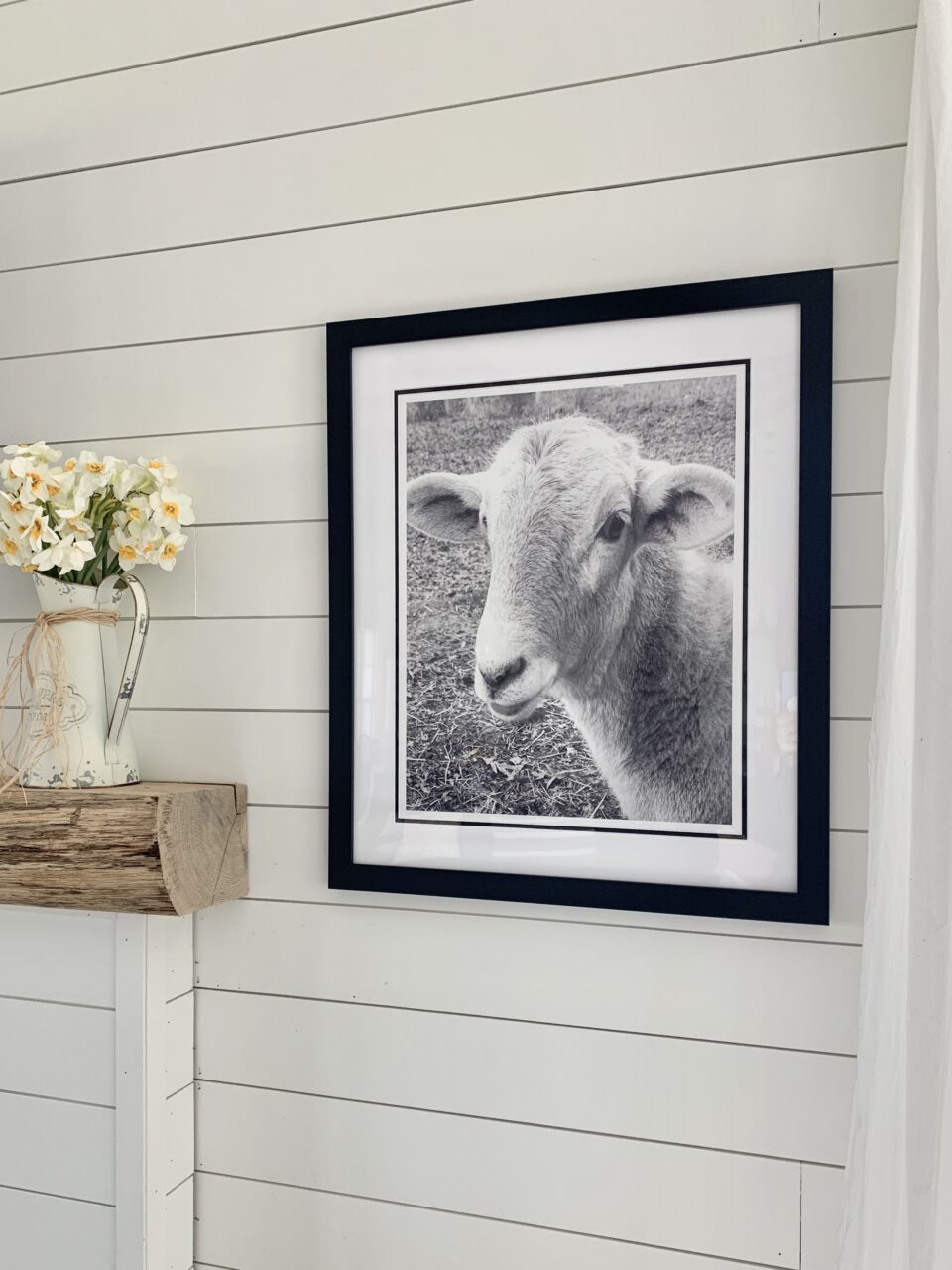
What is The Best Lens For My Camera?
Again, the short answer is, the best camera you can afford. Choosing the best lens for wildlife photography is essential for capturing clear, detailed images of animals, often from a distance. Wildlife photographers require lenses with long focal lengths, fast autofocus, and image stabilization to handle the dynamic nature of photographing animals in their natural environments. A good wildlife lens allows you to get close-up shots without disturbing the subjects, ensuring both safety and a natural feel to the photos.
Suggested Lenses:
- Canon EF 100-400mm f/4.5-5.6L IS II USM
- Features: This versatile telephoto zoom lens offers a focal length range of 100-400mm, making it perfect for capturing both close-up and distant wildlife. It includes image stabilization to reduce blur from camera shake and has a fast, accurate autofocus system.
- Why It’s Great: Its flexibility and high-quality optics make it a popular choice among wildlife photographers who need to adapt quickly to different shooting situations.
- Nikon AF-S NIKKOR 200-500mm f/5.6E ED VR
- Features: With a fixed f/5.6 aperture across its zoom range and a focal length reaching up to 500mm, this lens is ideal for capturing distant wildlife. It also includes vibration reduction (VR) to help with handheld shooting.
- Why It’s Great: The long reach and consistent aperture make it a powerful tool for photographing wildlife in various lighting conditions without needing to switch lenses.
- Sony FE 200-600mm f/5.6-6.3 G OSS
- Features: This super-telephoto zoom lens offers an impressive 200-600mm focal length range, perfect for extreme wildlife close-ups. It has Optical SteadyShot (OSS) image stabilization and a direct drive SSM (Super Sonic Wave Motor) for fast and quiet autofocus.
- Why It’s Great: Its extensive reach and advanced autofocus system make it excellent for capturing fast-moving subjects and distant wildlife with exceptional clarity.
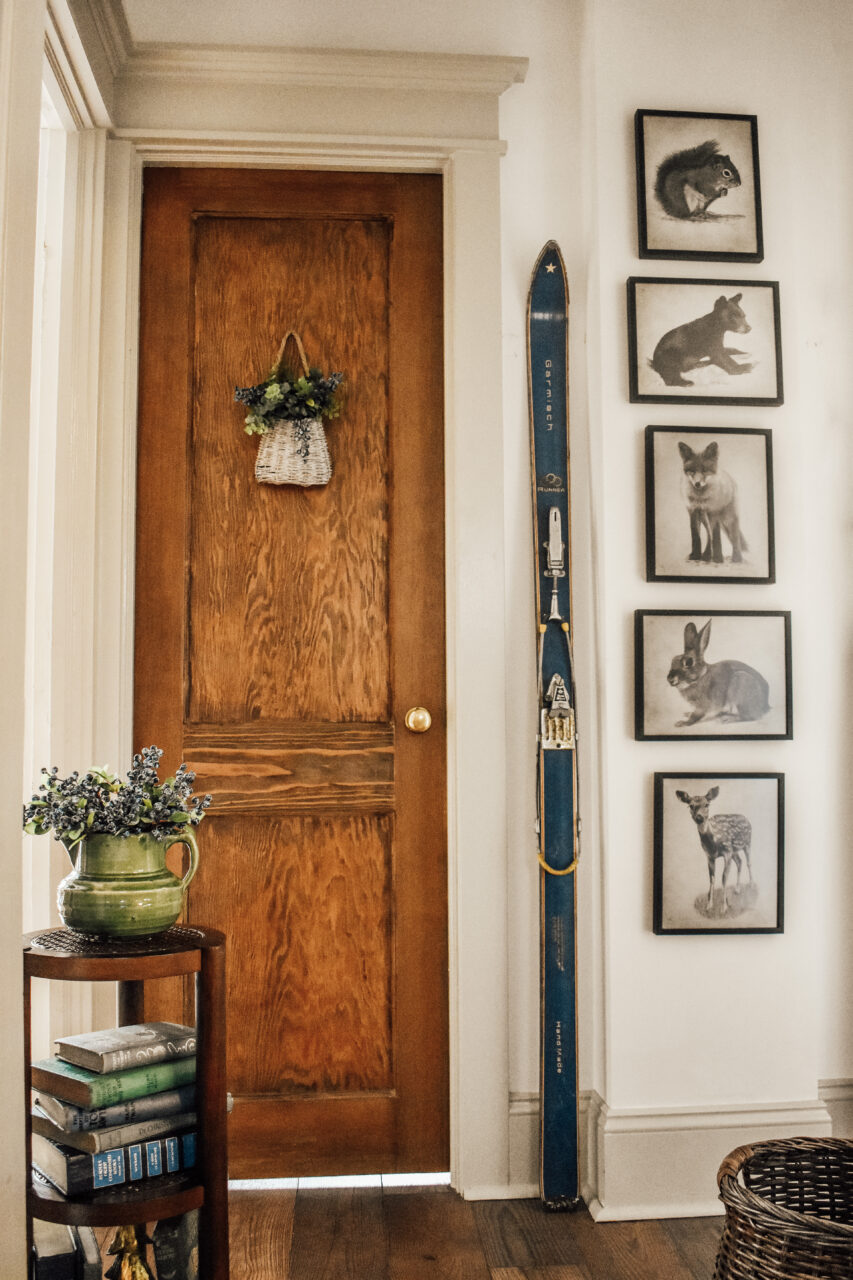
From Forest To Frame
Now that you have your beautiful pics of wildlife, don’t just let them sit in the Cloud! You’ve waited too long in the wilderness for that perfect shot. They deserve to be on display for all to enjoy. We have beautiful rustic picture frames that pair well with wildlife photography. Our natural wood frame Dayton in cocoa is a woodsy option for your images. If you want the images to speak for themselves, try out metal picture frames, that offer thinner profiles, like Ashford in gloss black. Take things a step further with some matting to elevate the look of your photography. Pick a color in your image to compliment your frame, or go with a standard white core to keep things refined and simple.
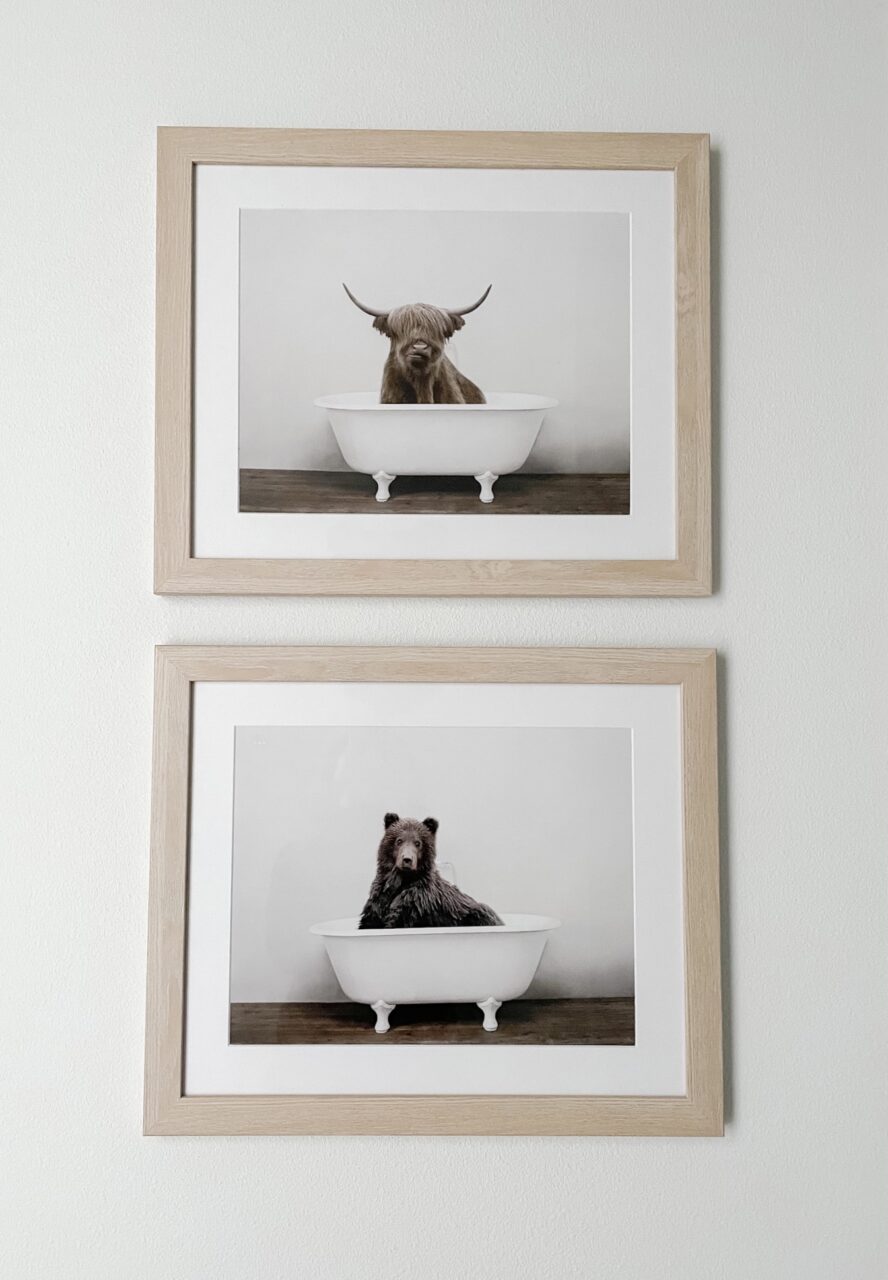
Final Thoughts
Get ready to embark on an exciting adventure, capturing the beauty and wonder of the natural world through your lens! Again, a top-notch camera and lens will bring the images to another level. But there is nothing wrong with using your phone to get some great snapshots. As we always say, it should be fun – so don’t get caught up in too much of the tech details. Use what you have to get started. As your interest and experience grow, you can invest in the equipment that you see fit.
